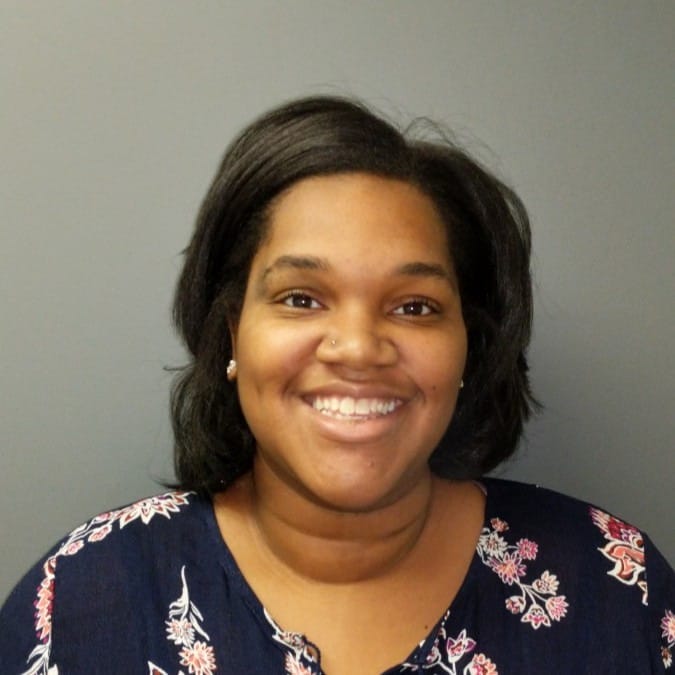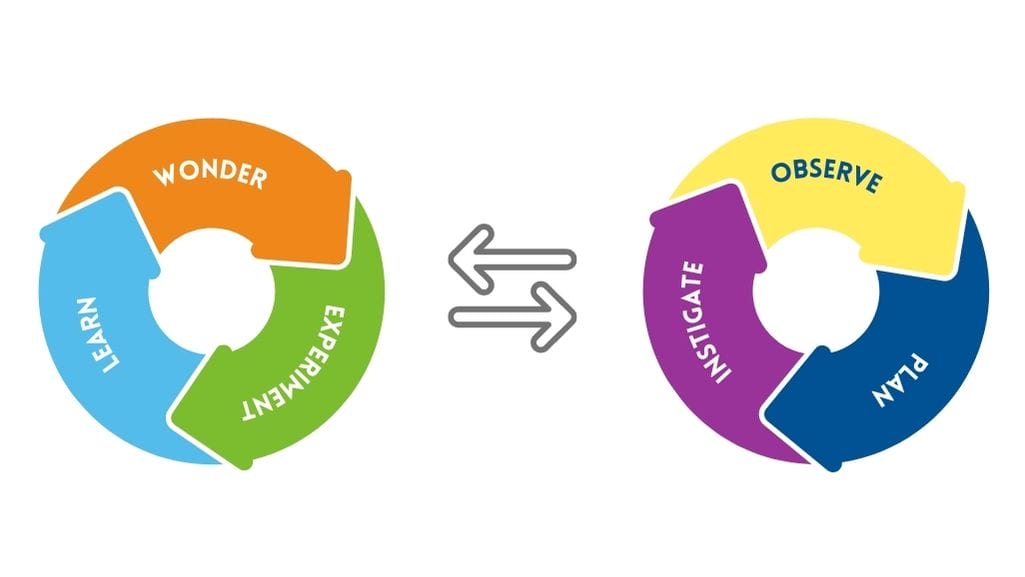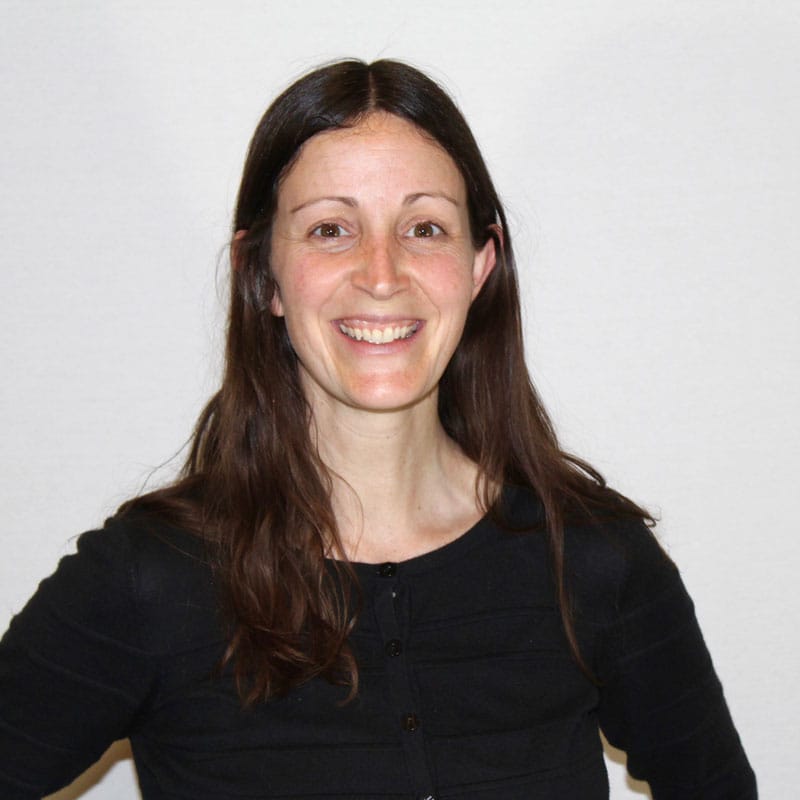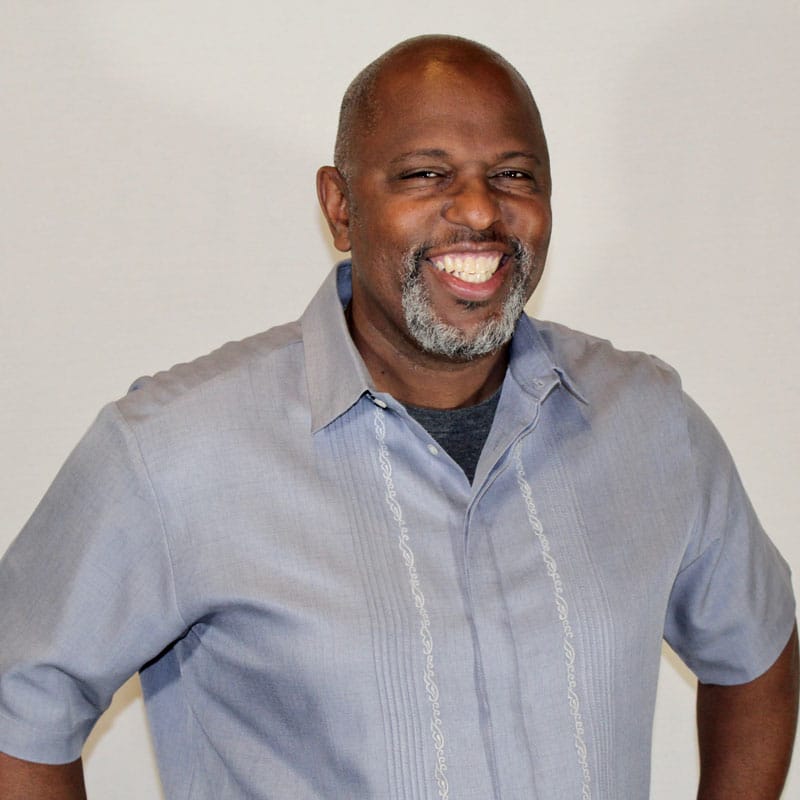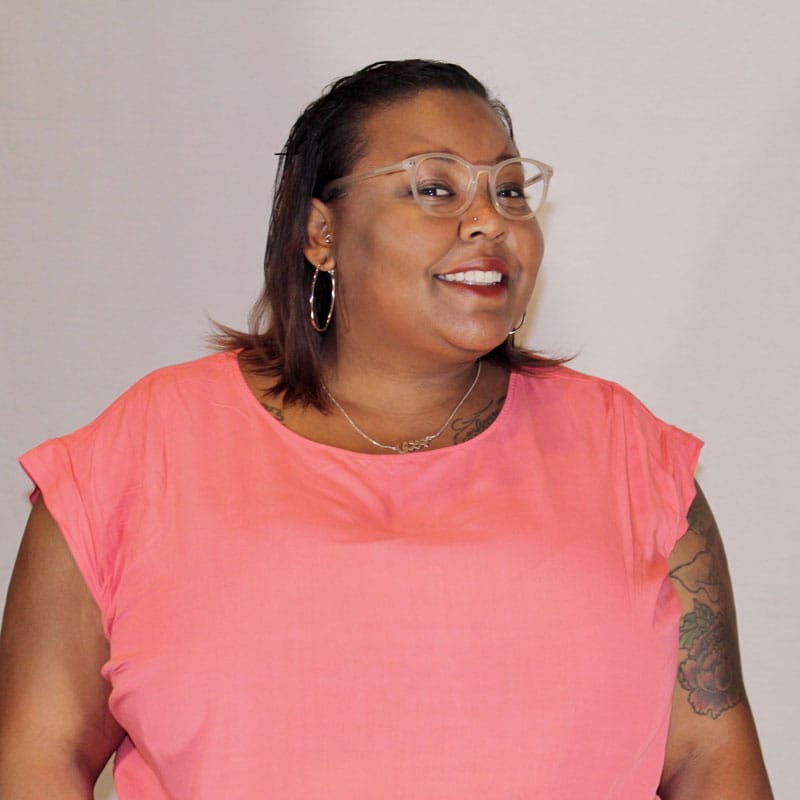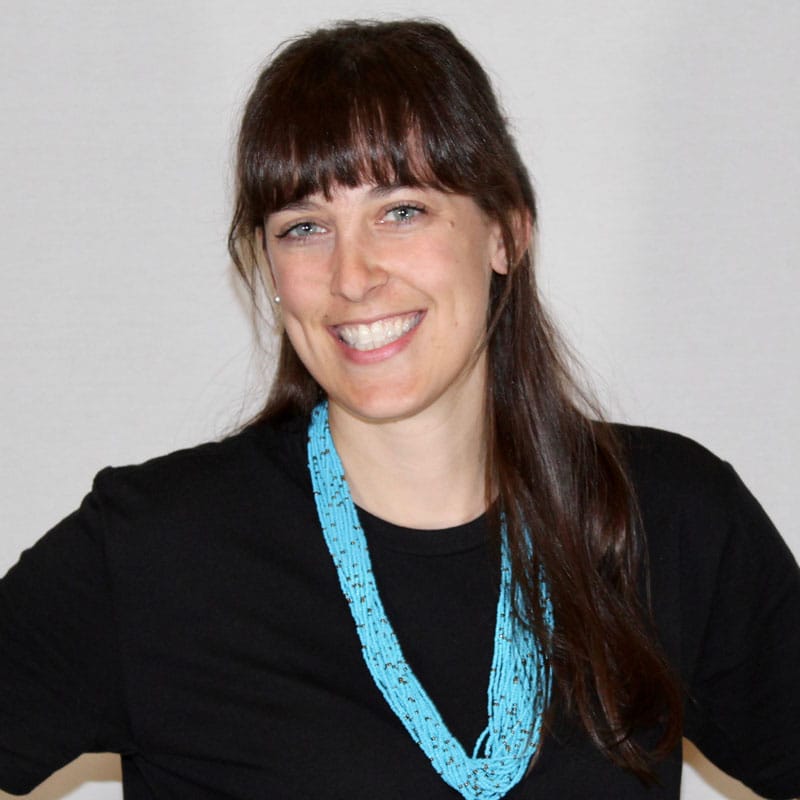May 14, 2015
(Photo: Aleta Margolis/Center for Inspired Teaching)
Written by Aleta Margolis, Inspired Teaching’s Founder and Executive Director, this piece first appeared in Inspired Teaching’s April/May 2015 newsletter.
A few weeks ago, I represented Center for Inspired Teaching at the 2015 LEGO Idea Conference in Billund, Denmark. The conference brought together hundreds of leading thinkers and practitioners working to advance “Learning Through Play” by identifying and overcoming the barriers to bringing this student-centered and effective instructional practice to every classroom around the globe.
At the conference, Inspired Teaching and the nine other Re-imagine Learning Challenge Champions were honored for the ways we creatively break through those barriers so more students can build their imaginations and intellects through powerful, play-based instruction. We still have a lot of work to do, though, if we want every student to have an engaging and rigorous school experience.
The Learning Through Play agenda is blocked by a fundamental misunderstanding of what learning looks like. Too many schools are still defined by outdated beliefs about child development and needs, resulting in a transmission model of teaching and learning in which teachers dispense knowledge and students act as passive receptacles. These silent, still classrooms persist because too many people believe that learning is a sedentary activity, and that the body is merely a stem holding up the brain. We need to show that excellent instruction engages students intellectually, emotionally, and physically.
A key component of Inspired Teaching’s work, then, is demonstration. We regularly bring visitors to the Inspired Teaching Demonstration School, and to the classrooms of the Inspired Teachers we’ve trained across DC, to help people understand what learning looks like when students have an Inspired Teacher. A classroom designed to build students’ independent thinking and analytical skills looks radically different from the norm, and we guide visitors to recognize the elements of deep learning taking place in these classrooms. (Recently, I described these elements in a piece in the Washington Post.)
The challenge of demonstrating deep learning relates to another major problem: assessment systems. In the United States, current systems for evaluating students and teachers capture only one-dimensional aspects of learning: the acquisition of basic skills and knowledge. We’ve made progress in creating systems that go beyond evaluating memorization, but we still need to develop assessments that can capture the multi-faceted, complex critical thinking and creativity skills developed through serious play. We must hold ourselves accountable for student learning, and we need to devise tools that authentically measure the progress we value, not settle for tests that measure only a small part of what the student mind is capable of doing.
What can we do collectively to continue breaking through – and breaking down – these barriers? Building on our transformative work with teachers, Inspired Teaching is working to shift the norm through programs based on research and best practices and by promoting the great work others have done to expand the science at the heart of the Learning through Play movement. This month, we’re pleased to share an interview with leading researcher Dr. Kathy Hirsh-Pasek, whose work explores how playful exchanges help build the skills children need to succeed in school and in life in the 21st century.
Help us shift the norm. Support Inspired Teaching, and spread the message so that every student has an engaging and rigorous school experience.

